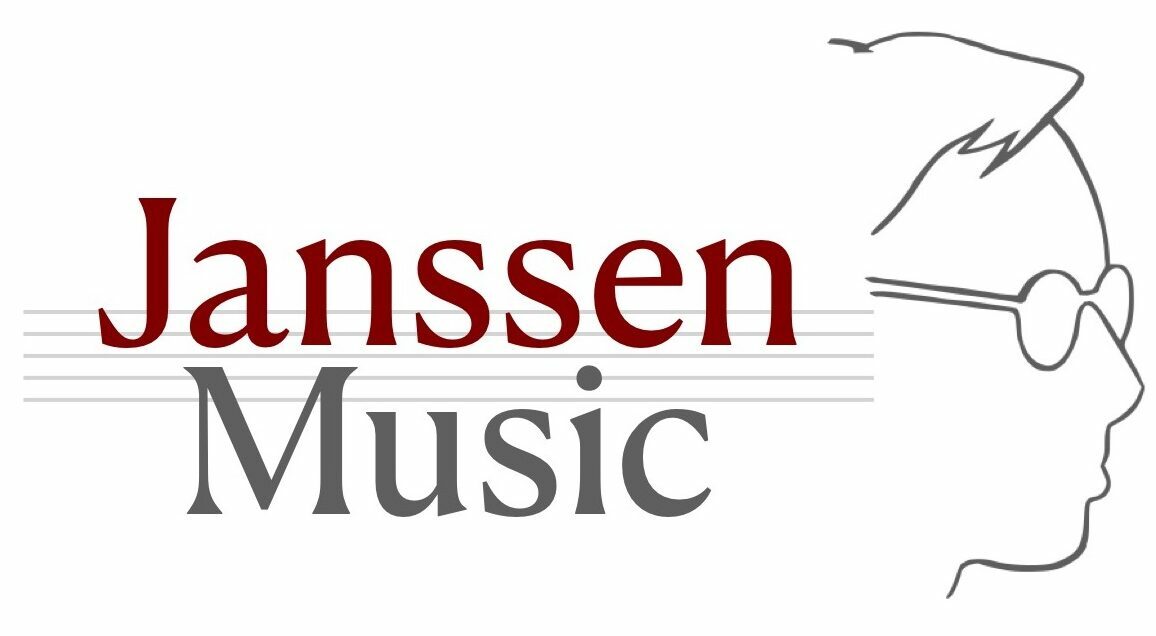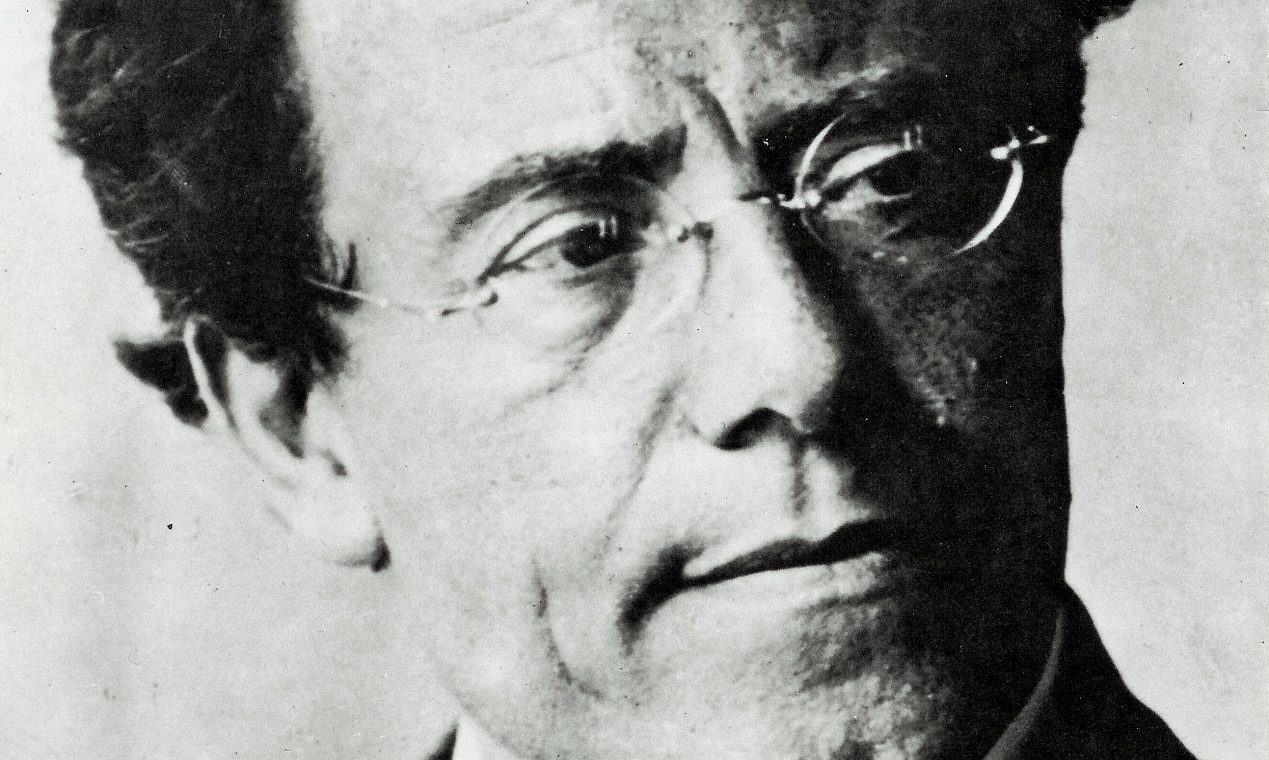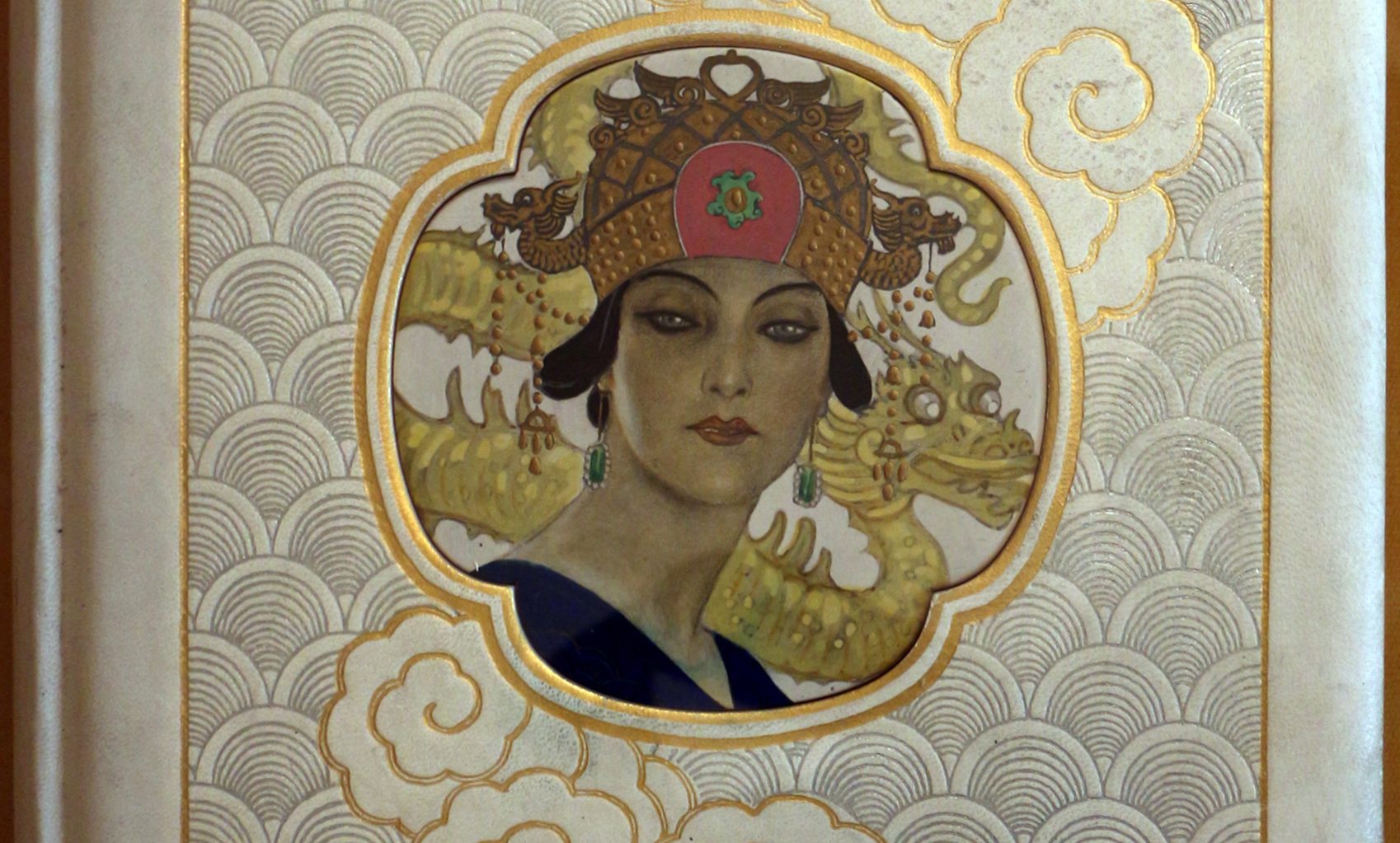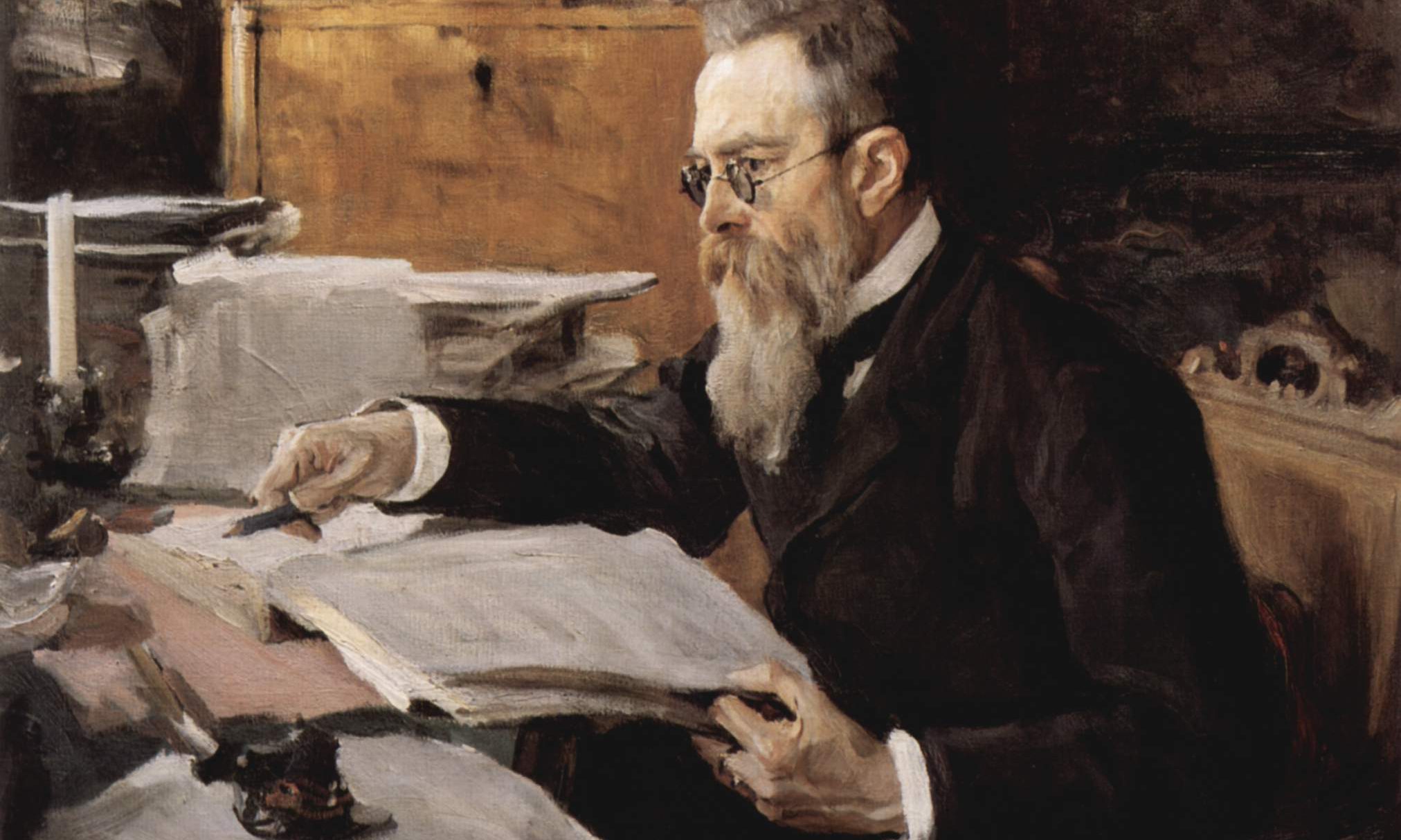Messe Solenelle de Sainte Cécile – Ch. Gounod
Charles Gounod (1818-1893) regained great successes as a composer of church music and as an organist soon after graduating at the Paris Conservatory. The ‘Messe Solennelle de Sainte Cécile’ dates from the 1850s. Almost four years passed before, in 1855, the ‘Messe Solennelle de Sainte Cécile’ was heard in its entirety in Paris. It was the custom to celebrate the feast of St. Cecilia, the patron Saint of music.
Publisher: → Baton Music








